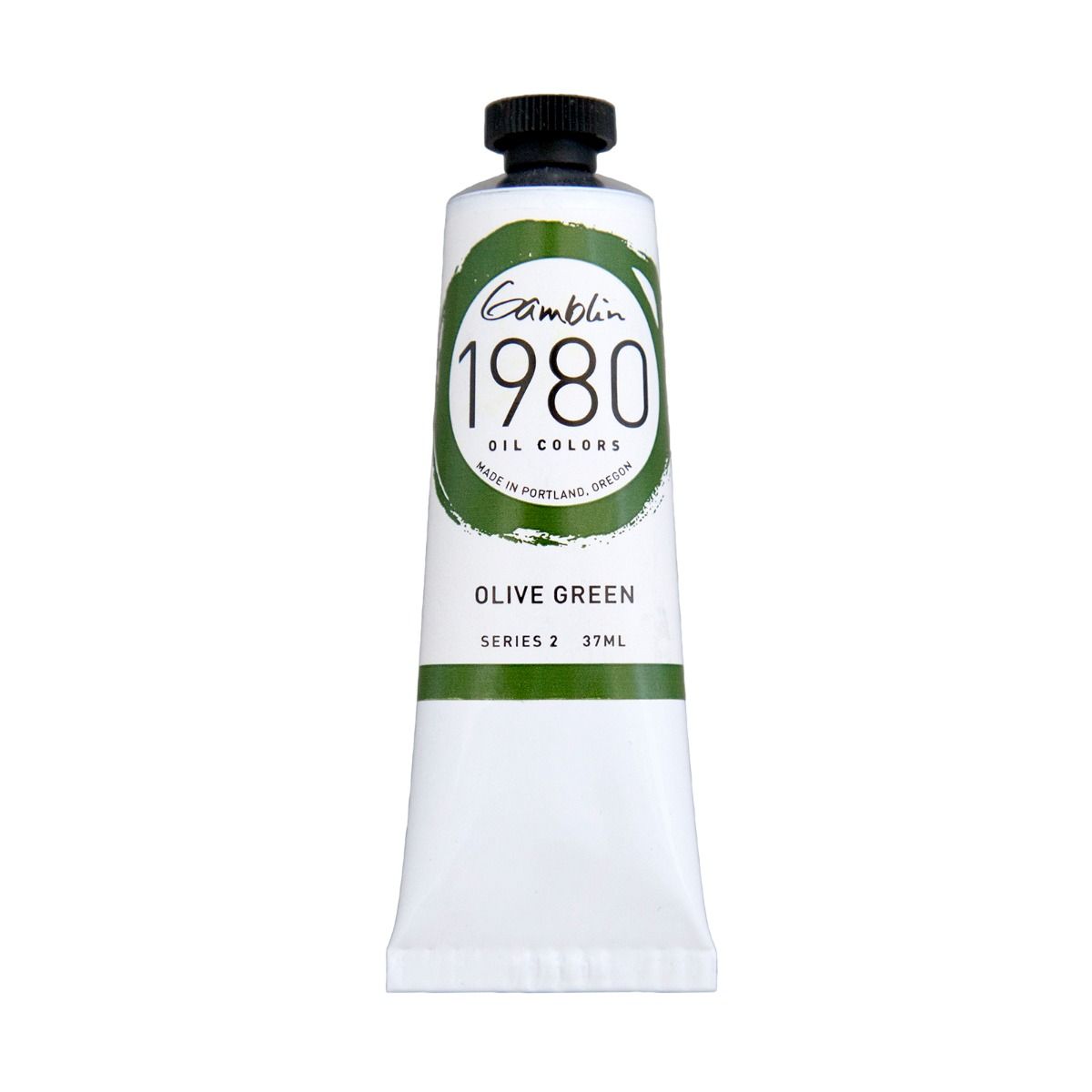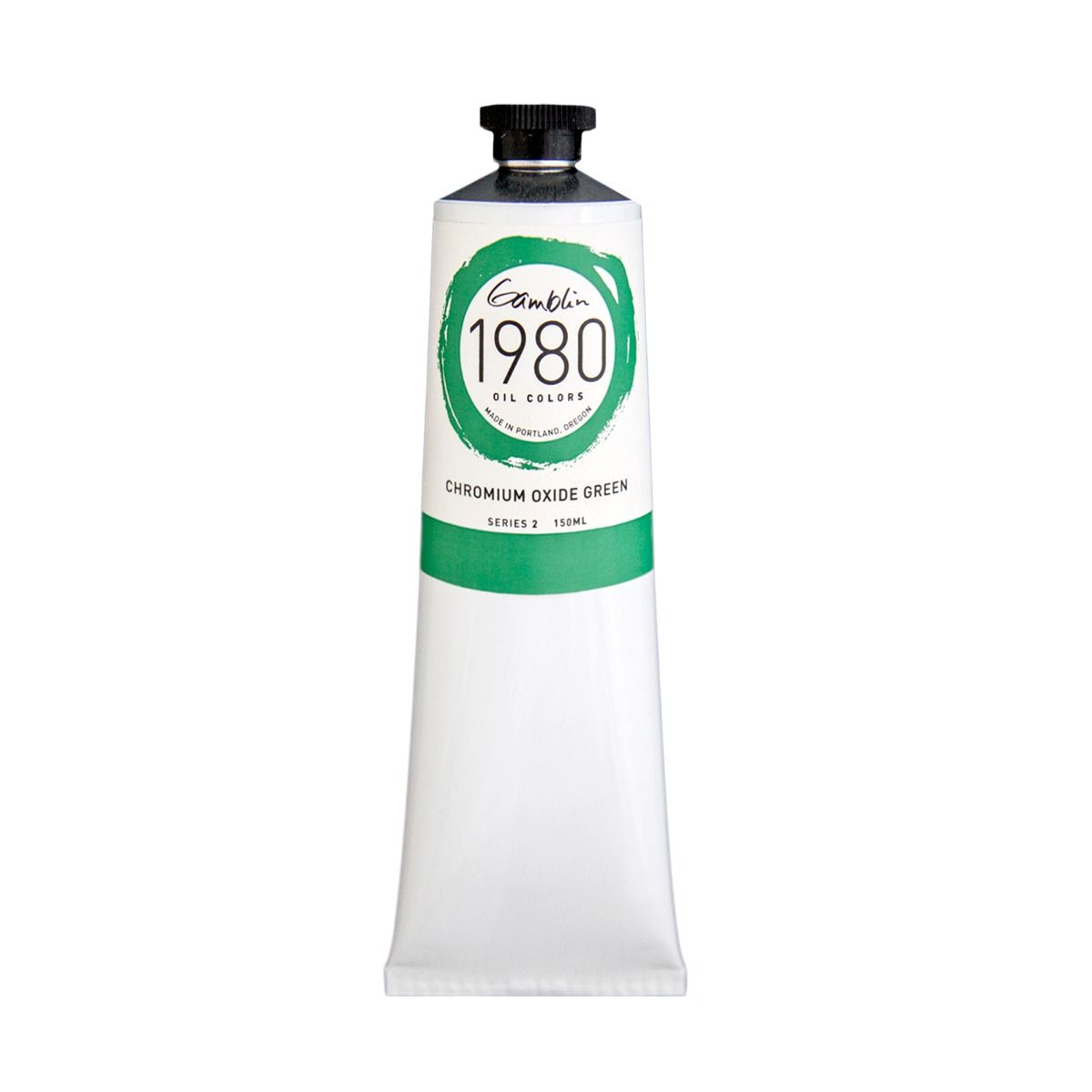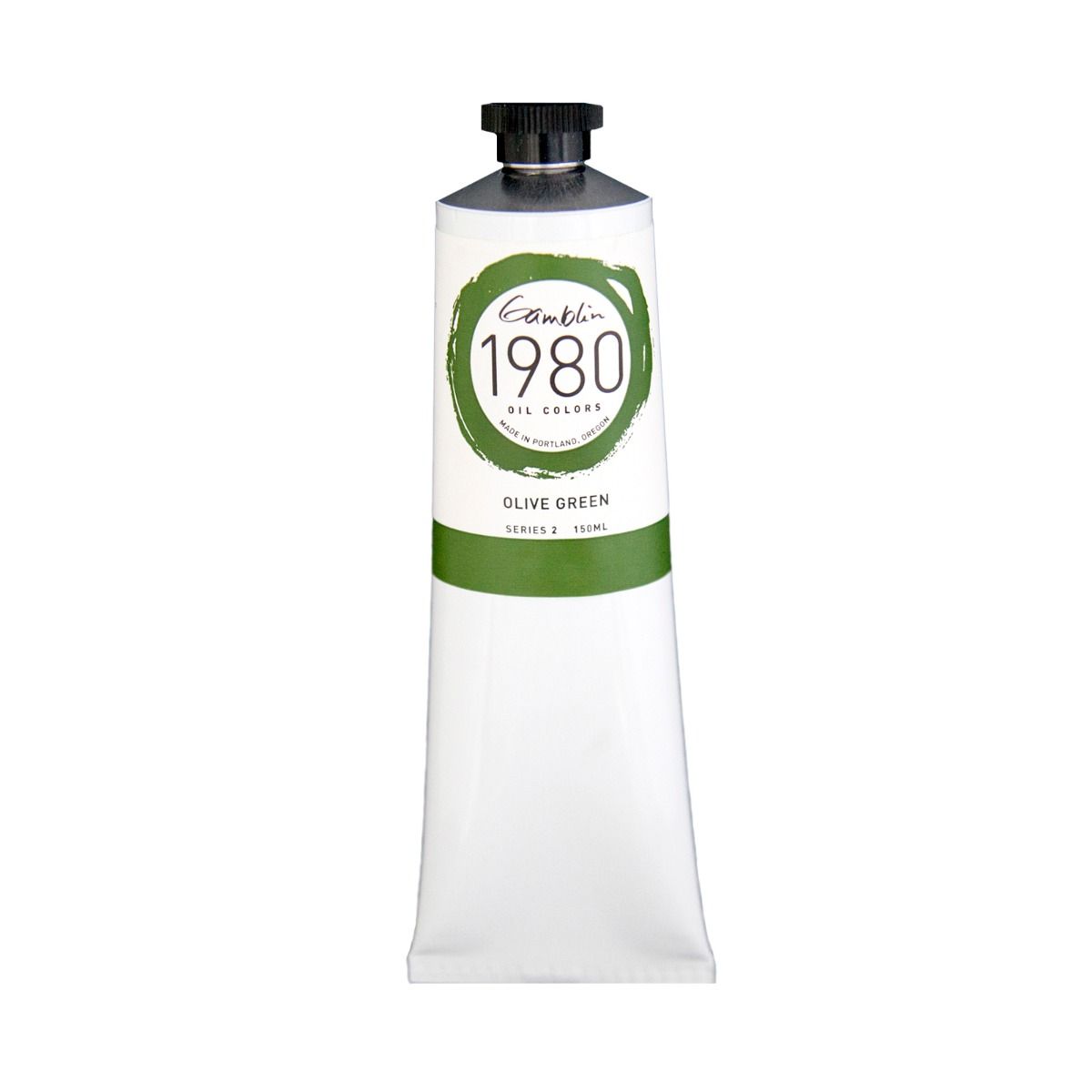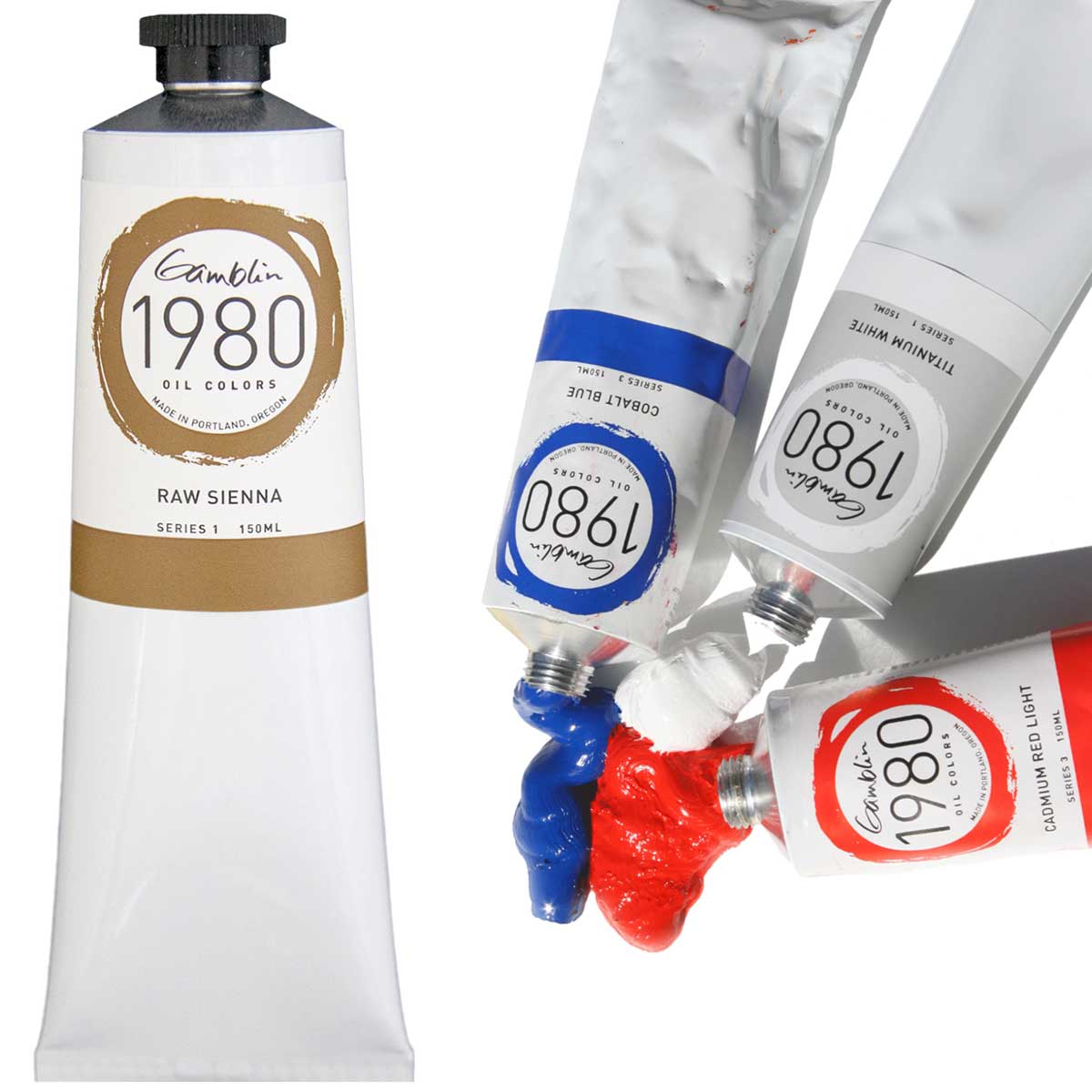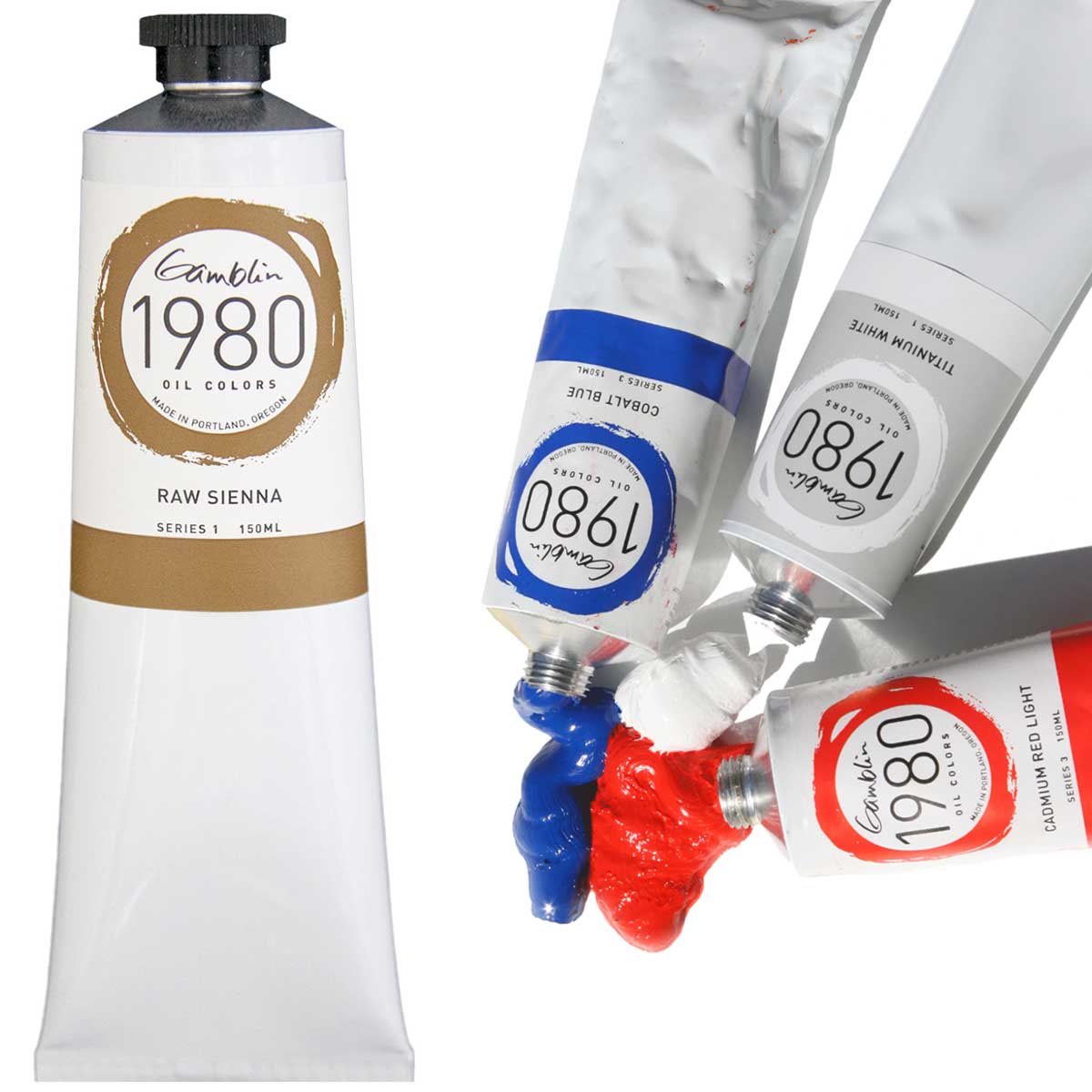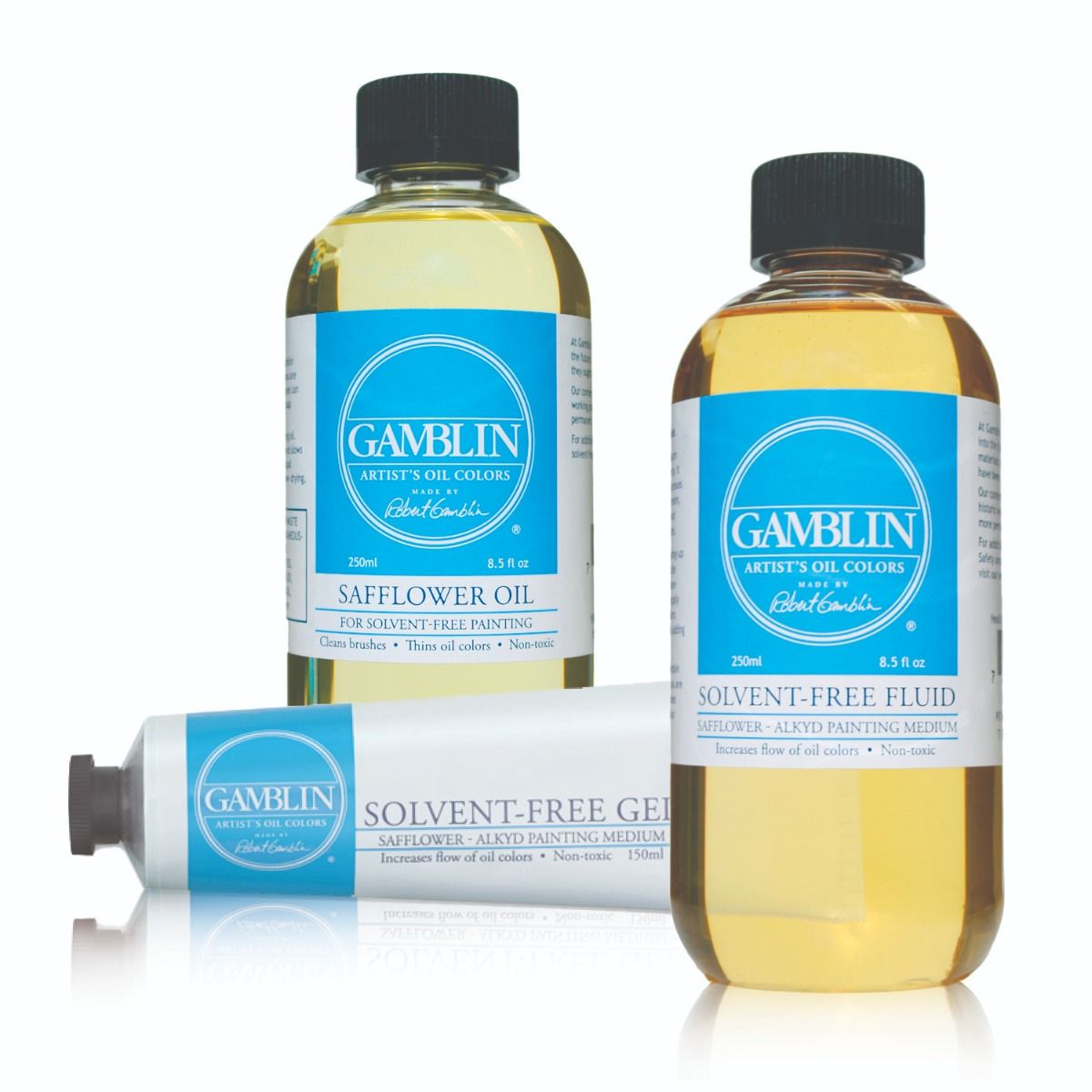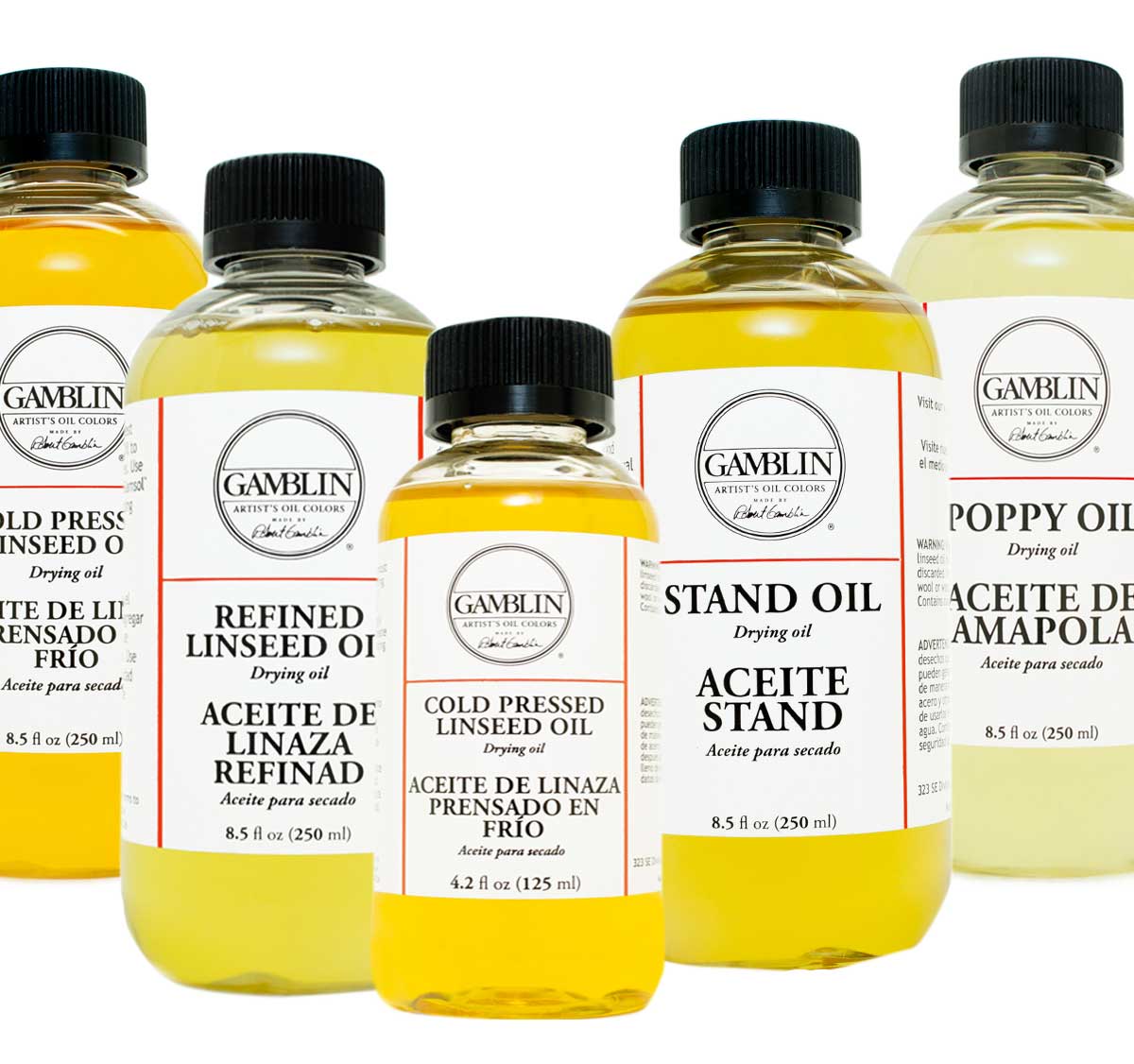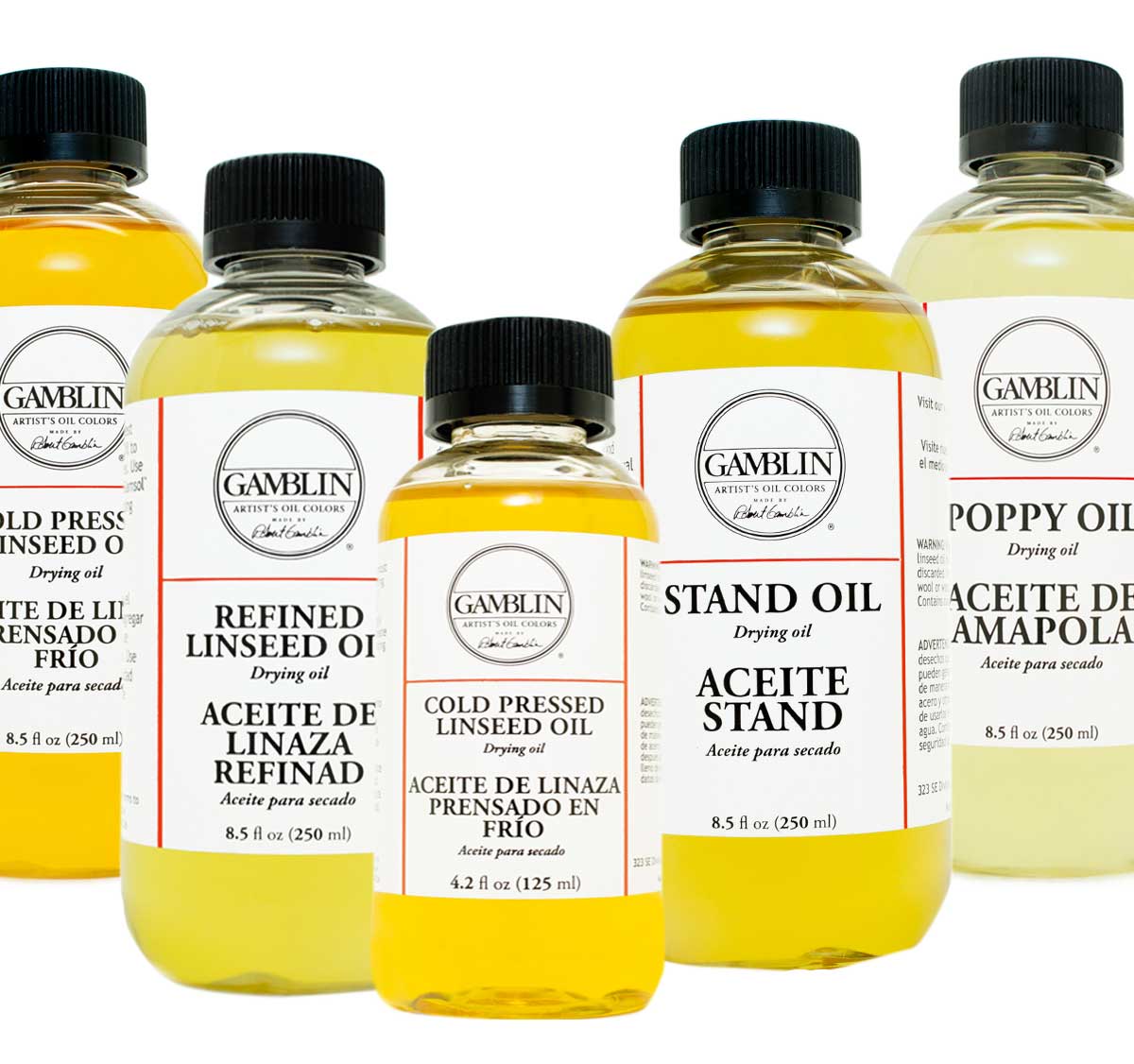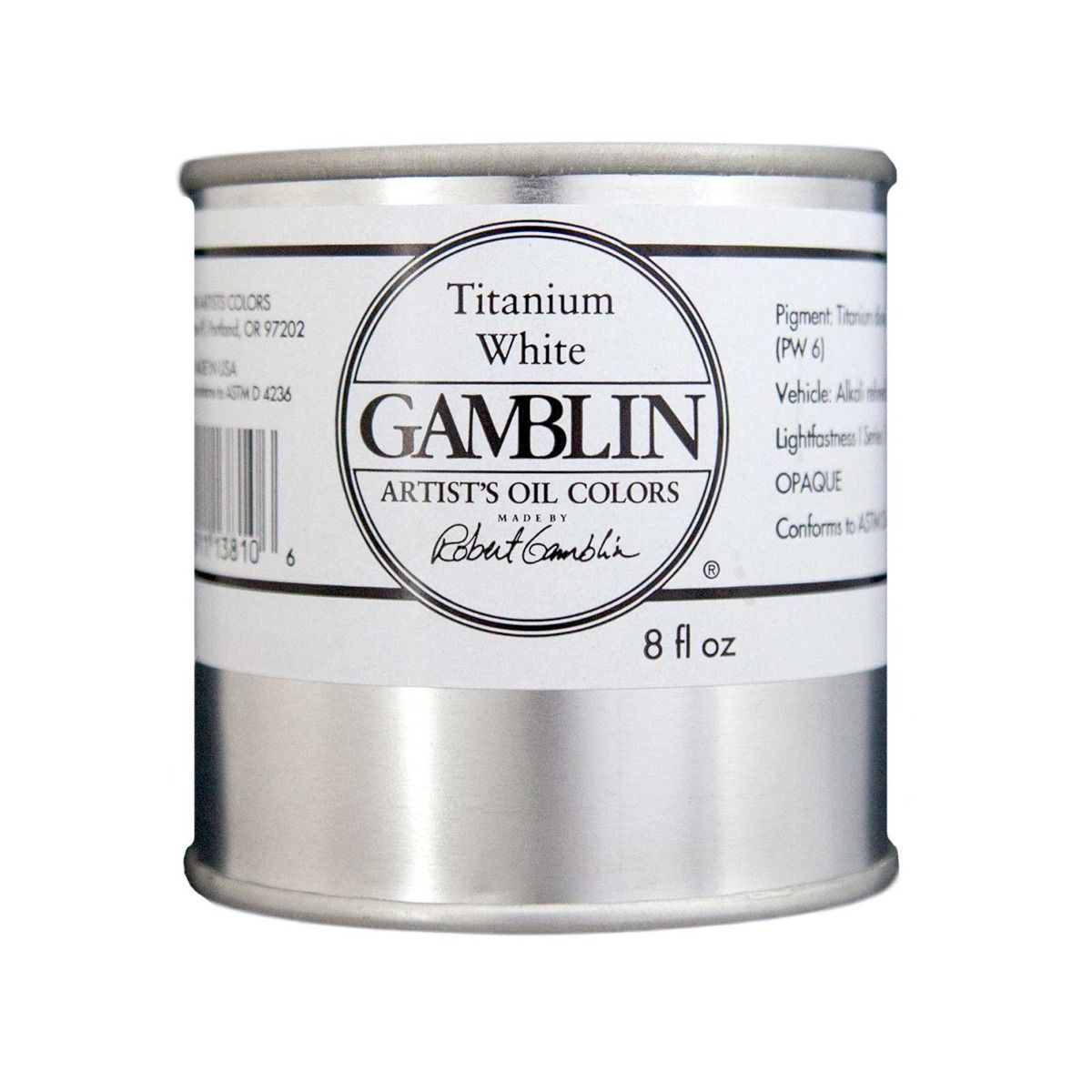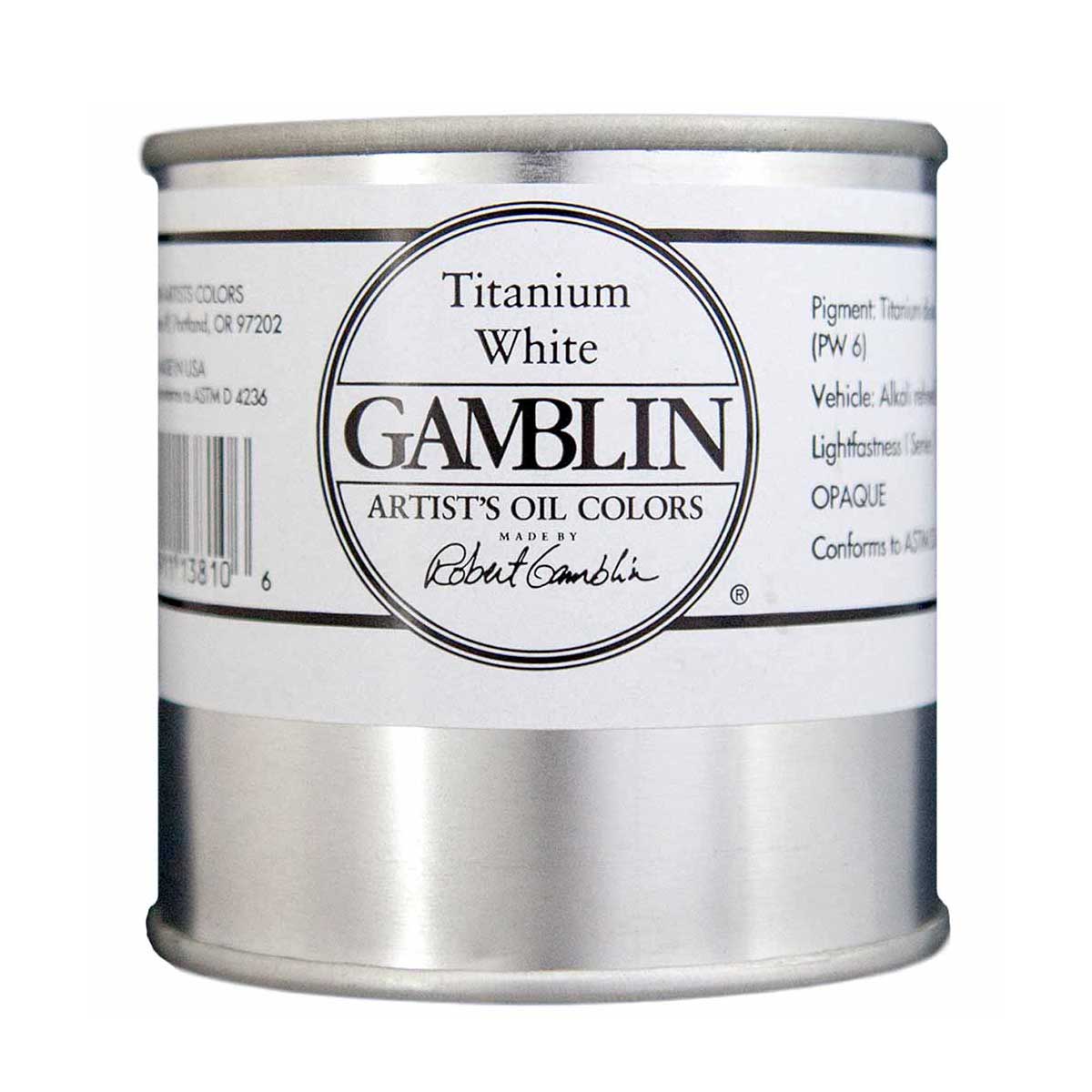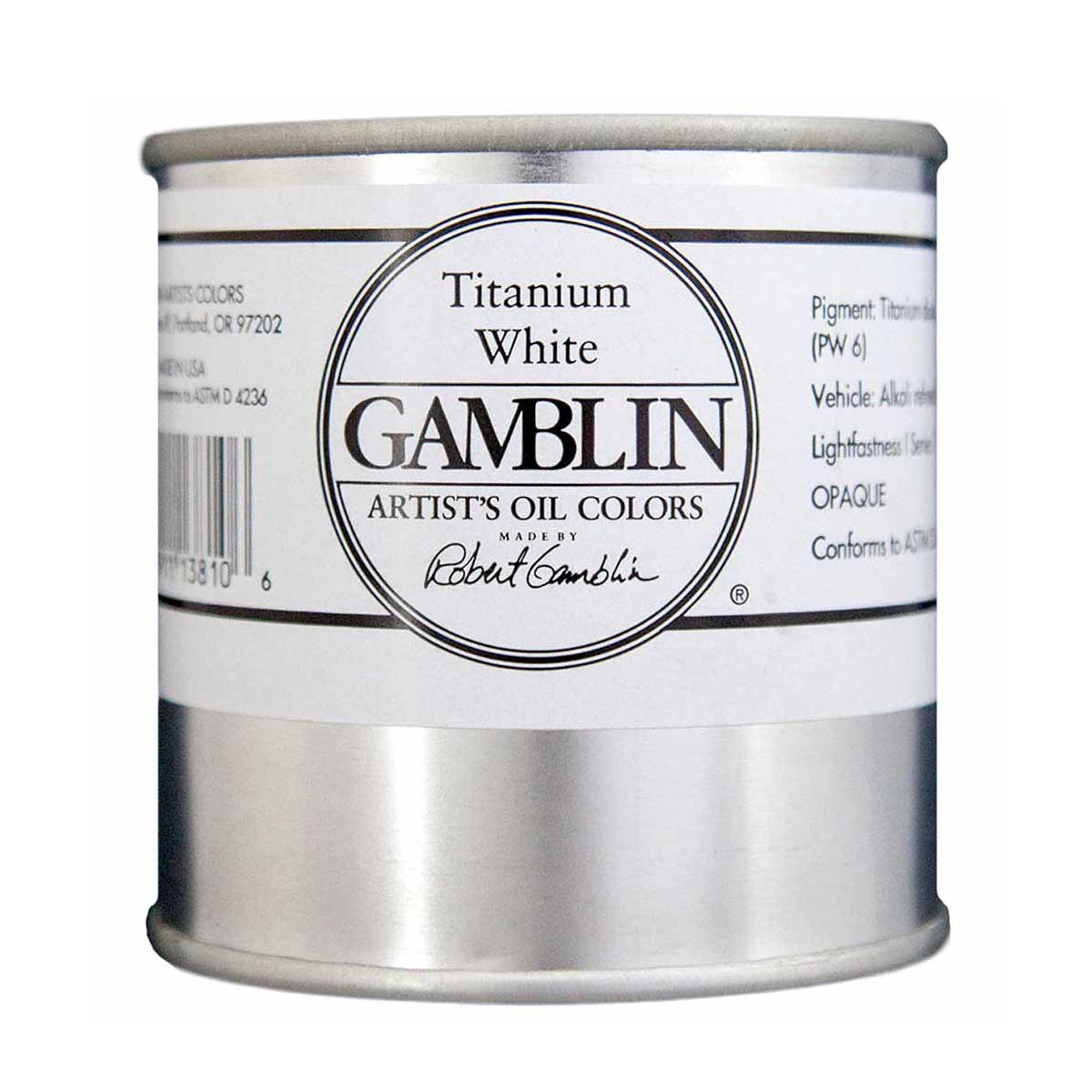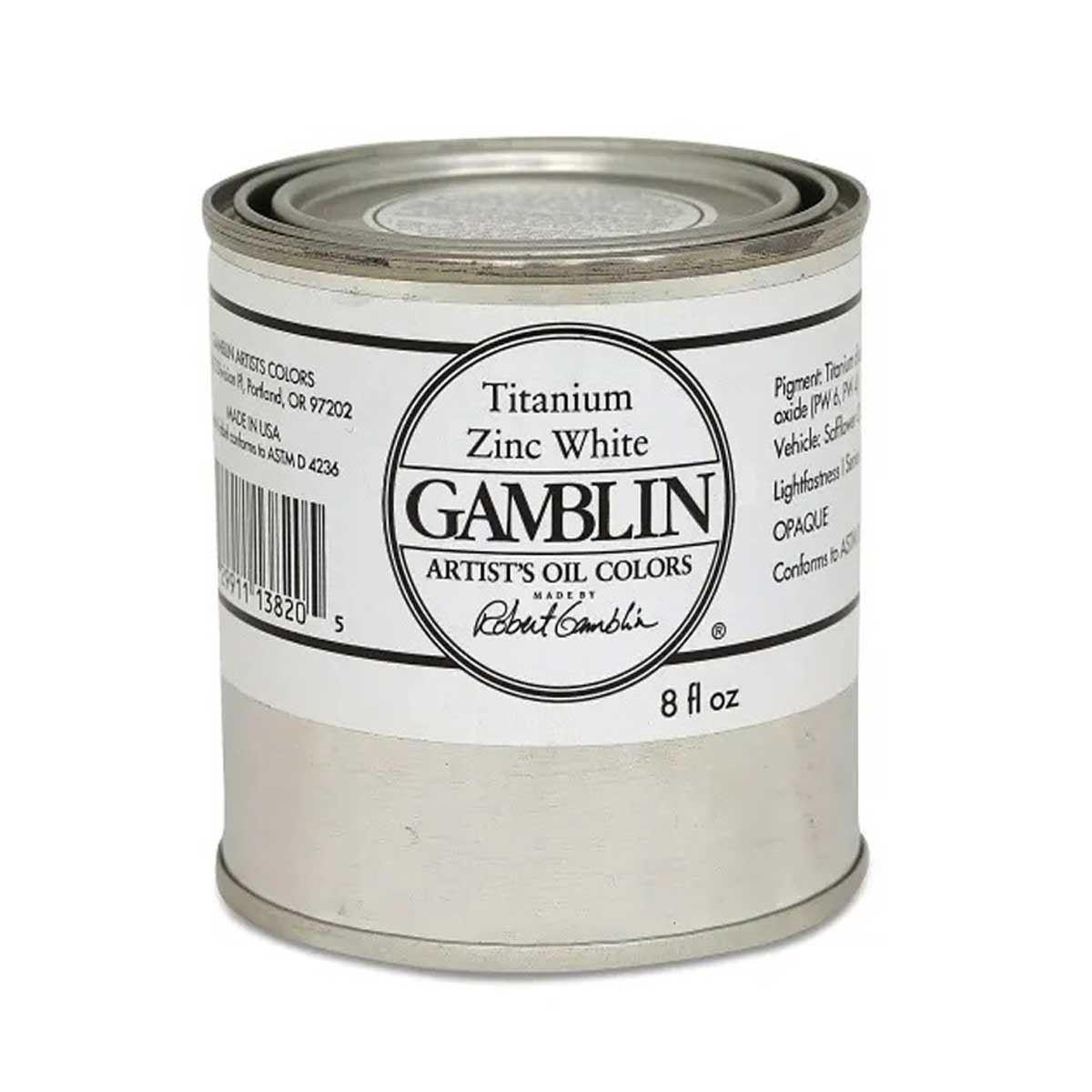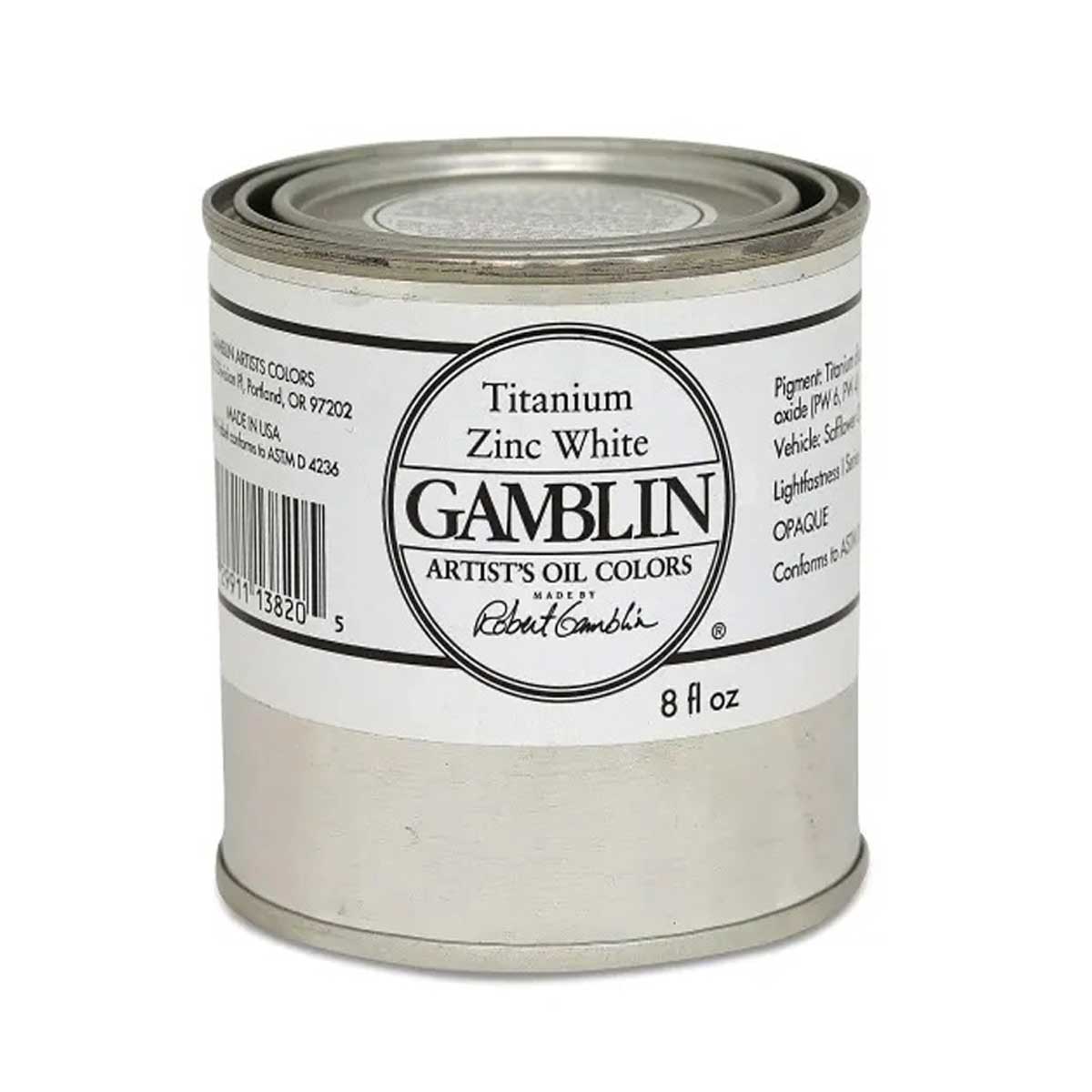Gamblin 1980 Oils - Olive Green, 37 ml (1.25oz)
Olive Green: A predictable mixed earthy green of the natural world that can be used opaquely.
Composition and Permanence:
- Pigment Name: - PBr7-Burnt Umber (iron oxides with manganese silicates or dioxide); PY75-Arylide Yellow; PB29-Ultramarine [Blue] (complex silicate of sodium and aluminum with sulphur)
- Vehicle: Alkali refined linseed oil
- Lightfastness: I
- Opacity: Semi-Transparent
- Series: 2
Warning: SDS Cancer and reproductive harm – www.P65Warnings.ca.gov
Gamblin 1980 Oils - PBr7-Burnt Umber (iron oxides with manganese silicates or dioxide); PY75-Arylide Yellow; PB29-Ultramarine [Blue] (complex silicate of sodium and aluminum with sulphur)
Olive Green: A predictable mixed earthy green of the natural world that can be used opaquely.
Pigment Composition and Permanence:
Pigment Name: PBr7-Burnt Umber
Pigment Type: earth
Properties
Burnt Umber is a more intense reddish brown pigment from heating Raw Umber's clay pigment. It has medium to excellent tinting strength and high opacity, and it is quick drying in oil form. Burnt Umber is somewhat more transparent than Raw Umber.
It has excellent colour properties and can create a variety of subtle, clear tints when mixed with white. It can tend towards chalkiness in dark mixes in oil form, but overall, it mixes well with other colours.
To create a black colour in oil form, mix Burnt Umber with Phthalo Blue or Ultramarine. To achieve a similar colour in watercolour form, mix it with Ultramarine or Payne's Gray.
Permanence
Burnt Umber has good permanence.
Toxicity
Burnt Umber itself is considered non-toxic. If contaminated by manganese compounds, it may be highly toxic if inhaled and moderately toxic if ingested.
History
This pigment comes from the Latin word umbra, meaning shadow or shade. Its full name is listed as terra di ombra, meaning earth of shadow/shade, due to its original extraction from the area of Umbria, Italy. It has been used as a pigment since prehistoric times. Currently, the finest umber comes from Cyprus.
2nd Pigment Composition and Permanence:
Pigment Name: PY75-Arylide Yellow
Pigment Type: Monoazo; Arylide
Properties: Reddish to orange shade yellow
Permanence: N/a
Toxicity: N/A
History: N/A
3rd Pigment Composition and Permanence:
Pigment Name: PB29-Ultramarine [Blue]
Pigment Type: inorganic
Properties
Ultramarine is the standard warm blue, a brilliant blue pigment with the most purple and least green in its undertone. It has moderate to high tinting strength and beautiful transparency.
Synthetic Ultramarine is not as vivid a blue as natural Ultramarine. Ultramarine dries slowly in oil and produces clean, though granular, washes in watercolour.
French Ultramarine mixes well with Alizarin colours in oil and watercolour form to create a range of purples and violets. It can dull when mixed with white in acrylic form but mixes well with other colours.
The shade varies based on the manufacturer. Considered a great colour for glazes, it is not suitable for frescoing.
Permanence
Ultramarine has excellent permanence, although synthetic Ultramarine is not as permanent as natural Ultramarine. It may discolour if exposed to acid because of its sulfuric content.
Toxicity
Ultramarine has no significant hazards.
History
The name for this pigment comes from the Middle Latin ultra, meaning beyond, and mare, meaning sea because it was imported from Asia to Europe by sea. It is a prominent component of lapis lazuli and was used on Asian temples starting in the 6th century.
It was one of the most expensive pigments in 16th century Europe, worth twice its weight in gold, and so was used sparingly and when commissions were larger.
Ultramarine is currently imitated by a process invented in France in 1826 by Jean Baptiste Guimet, making blue affordable to artists and extending the range of colours on their palettes.
| Size | 37 ml |
|---|---|
| Brand | Gamblin |
| Country of Manufacture | United States |
| Type of Store Credit value | Select |










